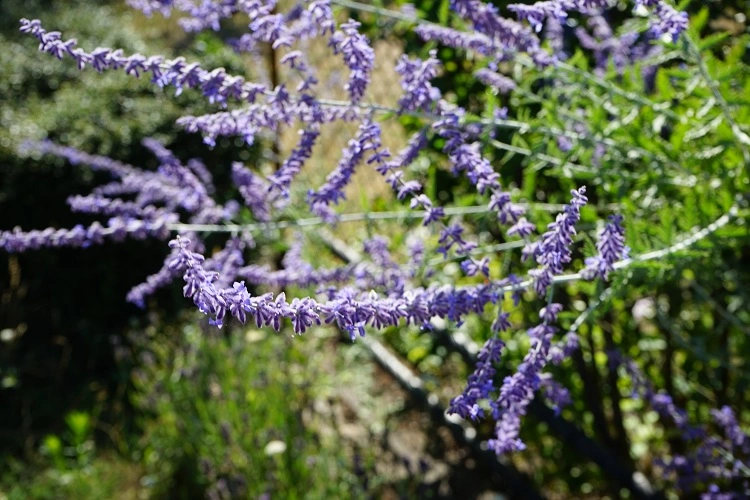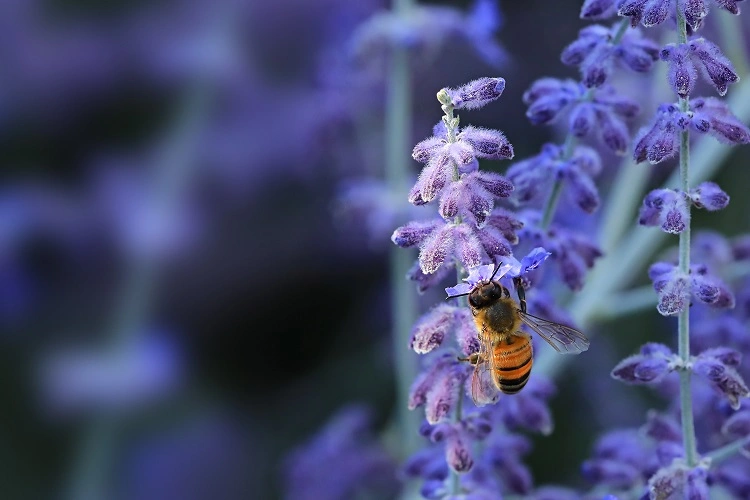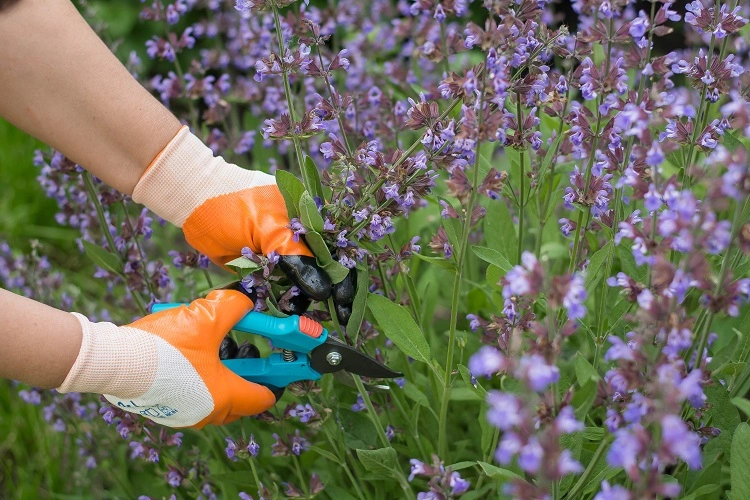Does Russian sage need to be cut back? When is the best time to do it? How to prune the plant?
Russian Sage is a lovely perennial plant, known for its aromatic foliage and pretty spiky lavender-blue flowers. While it is relatively low-maintenance, you will be able to enjoy the beauty of this subshrub for longer if you give it the occasional trim. When to cut back Russian Sage? How to do it? Learn today with us.
When to Cut Back Russian Sage for Healthy Growth? A Guide
To promote a healthy growing period, good shape, and overall enhanced appearance, it’s crucial to cut back Russian Sage yearly from mid to late spring. As a time of new growth is beginning, it would be best to then prune your plant. If you trim Russian sage in spring, you will give it the opportunity to be able to direct its energy towards developing robust, fresh shoots rather than wasting it on overgrown and dead foliage. Read on to learn about the best way to cut back Russian Sage in spring and after.
How & When to Cut Back Russian Sage?
Now that you know when to cut back Russian Sage, what would be the correct way to conduct the pruning process? Aim to trim back about one third of the overall height of the plant, by using sharp pruning shears to make clean cuts. Remember to disinfect them beforehand to avoid a transmission of bacteria, fungi, or viruses from other plants. This initial spring pruning will prevent Russian Sage from becoming overly leggy and encourages a bushier growth.
Deadheading the Plant for More Blooms
How to encourage a longer flowering period for your Russian Sage? Achieve this by regularly deadheading spent blooms throughout the plant’s growing season. Cut back on faded flower spikes to remove them. Leave them to a set of leaves or just above a bud. This will stimulate your plant to produce more blooms and give it a neat appearance as well. Be sure you will be able to marvel at your Russian Sage into late summer or early fall with this pruning method.
How to Prune Russian Sage After Blooming Season?
What about cutting back Russian Sage after blooming season? This will usually occur in late summer or early fall, and then you will have to aim for more substantial pruning. Trim back your entire plant to around half of its height. When doing this, remove any dead or woody stems. Pruning during this period will encourage vigorous growth in the next spring and prevent your Russian Sage from becoming too woody.
Caring for Your Perennial Plant in Winter
Russian Sage is a relatively hardy plant, however it would still be best to avoid cutting it back during late fall or winter. Its size and capacity should be left untouched, as this provides it with some degree of protection during the colder months. Also, you can cover the plant’s crowns with a thick layer of mulch to protect the roots from frost. Remove the mulch just as new growth begins in spring.
Taking Note of Your Garden’s Conditions
By all means, it would be best if you adapted the pruning routine of your Russian Sage based on your garden’s specific conditions and preferences. If you are growing Russian Sage in a smaller space, regularly cutting it back might be preferable, as for it not to expand too much. Yet, it would be great if you cultivated the plant in a bigger space to allow it to reach its full height and potential.
Also read: California Lilac Pruning: When and How to Do It Right?
For a video tutorial that explains how to correctly cut back Russian Sage in spring, watch the one provided by Catherine Moravec below:





